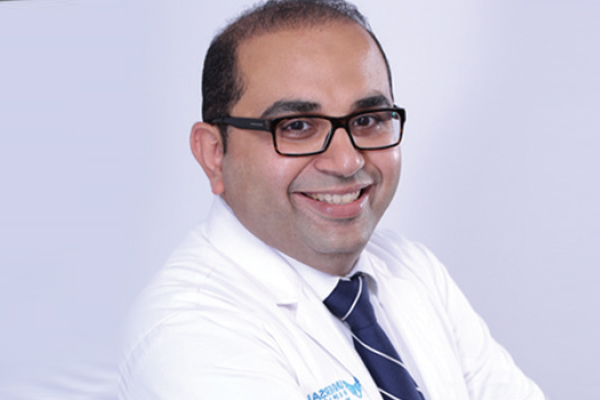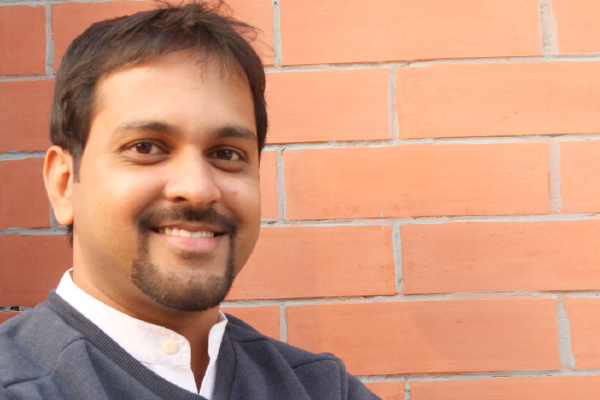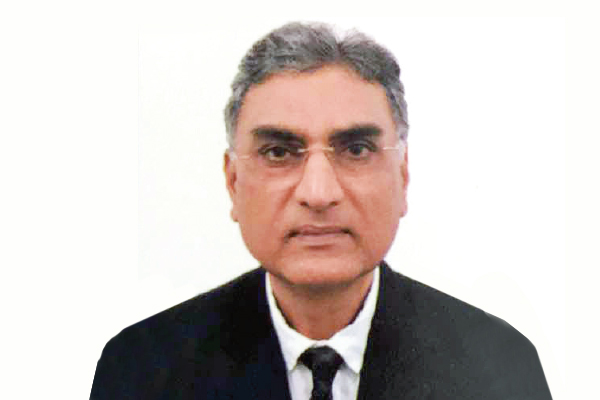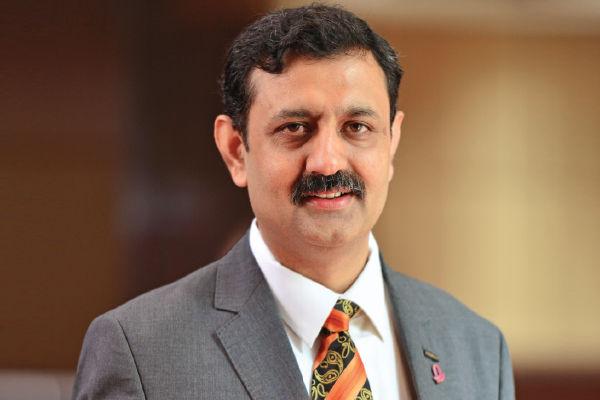
Policy interventions by the government, coupled with technological innovations and increasing integration of modern health services with age-old proven systems are effectively addressing the pain points of the Indian Healthcare system, writes Vivek Ratnakar of Elets News Network (ENN).
The year 2014 marked a watershed moment in the history of Indian public healthcare system. The World Health Organisation (WHO) on March 27 that year declared India a polio-free nation — the fourth WHO region globally to have achieved this feat after Americas (1994), the Western Pacific Region (2000) and the European Region (2002).

This achievement was made possible by technological innovations, close monitoring and relentless efforts of some 2.3 million polio volunteers, who worked day and night to reach every child across the country for immunisation.
The government has played a vital role in the eradication of small pox, polio, yaws and kidney worm infestation. This all has been made possible by a robust public health system. Even malaria, which was among the most threatening endemic diseases in India, is now on the verge of being eliminated in the country. We are also trying to eliminate leprosy at the district and block levels by 2018-2020, says Dr Jagdish Prasad, the Director General-Health Services, Directorate of Public Health Services, Ministry of Health and Family Welfare.
The public health sector in India is undergoing a tremendous change driven by forward looking policy initiatives, technological revolution that is fast closing the gaps in healthcare delivery system and increasing integration of traditional systems of medicine with modern healthcare to deliver affordable and inclusive healthcare for all.

Policy Push to Make Healthcare Affordable for Masses
The National Health Mission (NHM), Indias flagship health sector programme with an allocation of Rs 26,690 crores for 2017-18, is gradually revitalising rural and urban health sectors by providing flexible finances to State governments. The mission has four components — the National Rural Health Mission, the National Urban Health Mission, tertiary care programmes and human resources for health and medical education.
[su_table]
 Krishna Ulagaratchagan Krishna UlagaratchaganCo-Founder and CEO healthi.inhealthi.in plans to empower 1.5 million users to make smart choices about their health by 2018. To do so, healthi intends to continue to invest in improving the efficacy of our AI (Artificial Intelligence) based predictive analytics engine, and to empower better connectivity and communication between the healthcare provider and the customer through technology. |
[/su_table]
The National Rural Health Mission has brought down the maternal and infant mortality rate tremendously. It provides incentives to women to get their delivery done in government institutions free of cost, states Dr Prasad.
The Ministry of Health and Family Welfare has also added two new programmes to its basket under NHM — Mission Indradhanush, which improved immunisation coverage by over 5 per cent in the just one year, and the Kayakalp initiative, which was launched in 2016 to inculcate the practice of hygiene, sanitation, effective waste management and infection control in public health facilities.
India has also deployed nearly 100,00,00 Accredited Social Health Care (ASHA) workers, who are playing a transformational role in the change happening in Indian healthcare system. They act as mobilisers for institutional deliveries, focus on integrated management of neonatal and childhood illness and advise on home based neo-natal care.
The National Health Policy, 2017, which has the stated vision of enabling universal health coverage and delivering quality healthcare services to all at affordable cost, looks at problems and solutions holistically with private sector as strategic partners.
The policy marks a major shift from the past in terms of raising public health expenditure on health to an unprecedented 2.5 per cent of the Gross Domestic Product (GDP) in a time-bound manner.
The policy also recommends mainstreaming the traditional health systems by leveraging the potential of AYUSH through co-location in public facilities.
Technology as a Change Agent
Two significant transformations are currently underway in the Indian healthcare sector: the increasing adoption of technology in clinical practice and a systematic effort to prevent chronic diseases. However, both these efforts are in their infancy, says Krishna Ulagaratchagan, Co-Founder and CEO of healthi.in.
For technology, its use in clinical practice is primarily limited to the front office with practices such as appointment scheduling and billing. For the latter in India, it is mostly limited to health checks. Though people are more aware and go for regular health checkups, there is still a bit of disconnect, according to Ulagaratchagan.
As per Nilesh Aggarwal, Co- Founder, eMediNexus and COO, IJCP Group, technology has touched every aspect of human life.
This is true of the healthcare sector as well. Even till a few years back, Indias healthcare sector was lagging behind in terms of technology adoption. However, the recent times have brought in some muchneeded development. The union of technology and healthcare has opened up new avenues to address a multitude of issues. From storing medical records to diagnostic and therapeutic methodologies, technology is revolutionising the healthcare delivery system in the country, he observes.
The growth and change in Indias healthcare industry is being driven by increasing population, rising incomes, changing lifestyle, easier access to high-quality healthcare facilities, and greater awareness of personal health and hygiene, adds Jyotsna Pattabiraman, Founder and CEO, Grow Fit.
[su_table]
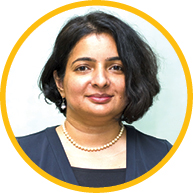 Jyotsna Pattabiraman Jyotsna PattabiramanFounder & CEO Grow FitGrow Fit intends to become a comprehensive daily health companion for its consumers. We recently raised Series A funding of $ 4.5 million from MEMG (Manipal Education and Medical Group), the PE arm of the Manipal Group. The SAR Group and The Grover Trust, Grow Fits seed investors, also participated in this round. With this, we will now focus on introducing new product lines and invest more in data science and Artificial Intelligence. |
[/su_table]
The private sector has been another driving force behind the growth in the Indian healthcare sector. Indian healthcare providers are increasingly adopting new technologies to offer better healthcare services, reach inaccessible regions, and improve operational efficiency. Medical experts are opting for telemedicine as a way to reach rural India and create a network of health service providers. There is rapid growth in telemedicine and mobilebased healthcare as well, says Pattabiraman.
Overcoming Challenges for a Healthy Future
While India is doing well in terms of tertiary healthcare with rising medical tourism and establishment of large hospital chains, primary healthcare still remains a matter of concern, says Pattabiraman of Grow Fit.
In the future, healthcare will be delivered through small, connected devices which can communicate with mobile phones. The union of technology and healthcare has opened up new avenues to address a multitude of issues. From storing medical records to diagnostic and therapeutic methodologies, technology is revolutionising the healthcare delivery system in the country, says Nilesh Aggarwal.
According to Ulagaratchagan of healthi.in, a healthcare scenario where wellness behavioural data and historical health data is accurately recorded, owned, and managed by the patient and shared with the healthcare professionals is the need of the hour.
[su_table]
 Nilesh Aggarwal Nilesh AggarwalCo-Founder, eMediNexus and COO, IJCP GroupeMediNexus is a contentfocused appthathelpsin keeping doctors updated with the latest advancements and clinical cases in medicine so that they can improve their knowledge, diagnose, and treat patients more efficiently and with more precision. It also gives the doctors an option to take second opinions from other practitioners on the go thereby reducing the need for the patient to be referred to an already overburdened doctor. |
[/su_table]
There is a need to make the process of identifying the right preventive health exercise unintimidating; provide choices that factor in the users unique needs; and present easy-to-understand results that answer three simple questions: how healthy am I? What do I continue/ change in order to get and stay healthy? And who can help?
A combination of scientifically validated predictive analytics, machine learning technology, user-friendly design, strong partnerships with healthcare majors and cutting-edge research can make the preventive health journey personalised and one-size-fits-one, and thereby insightful, engaging, and effective, he adds.
Be a part of Elets Collaborative Initiatives. Join Us for Upcoming Events and explore business opportunities. Like us on Facebook , connect with us on LinkedIn and follow us on Twitter , Instagram.



